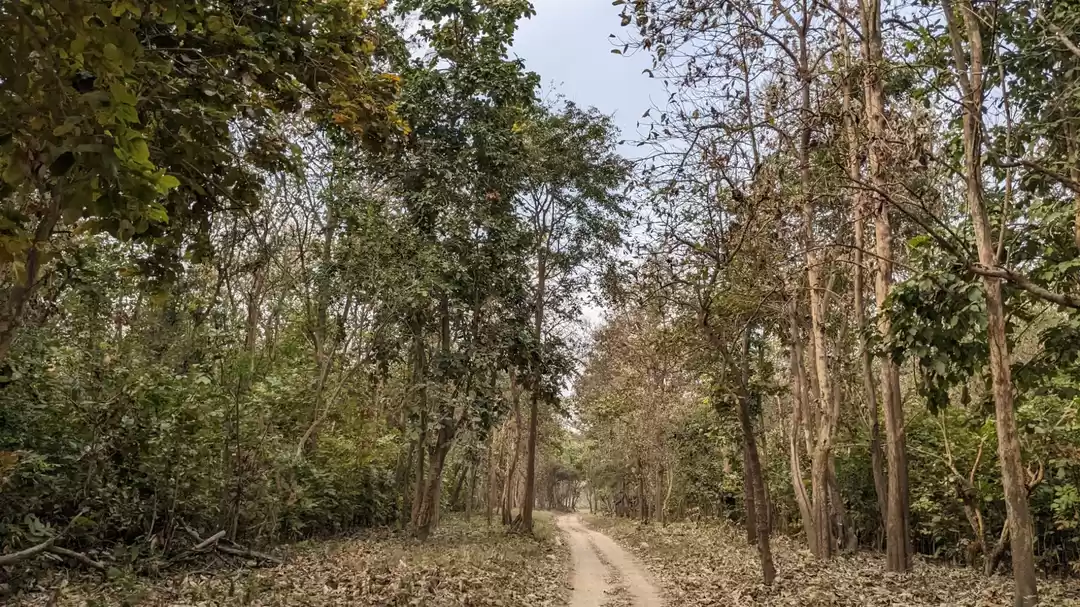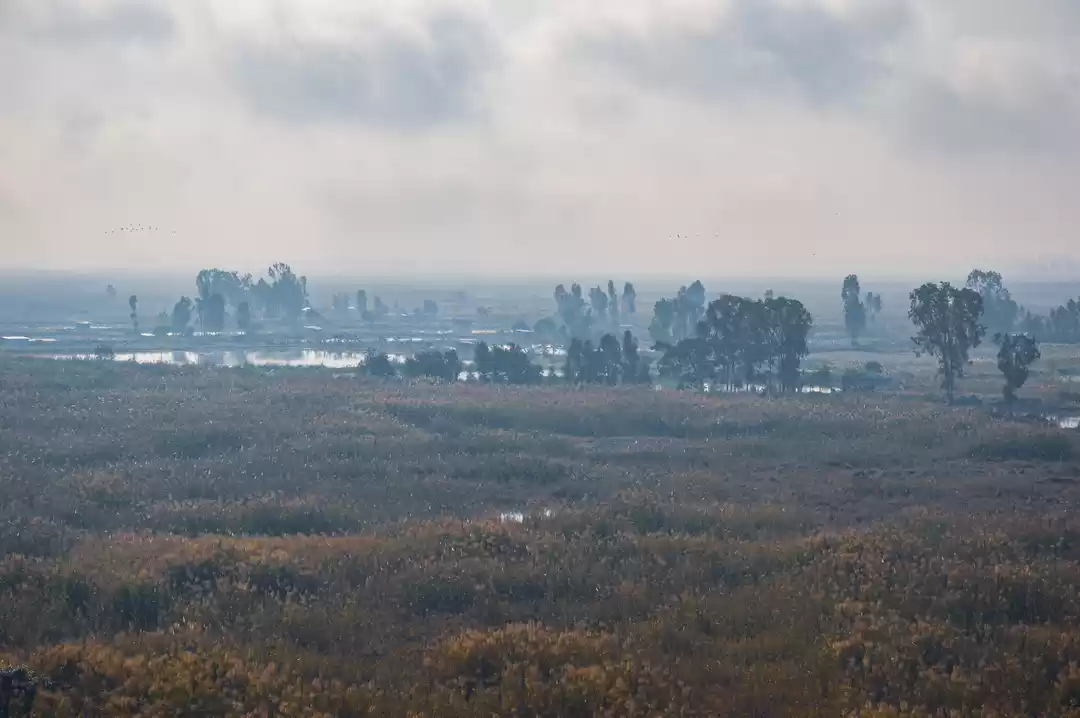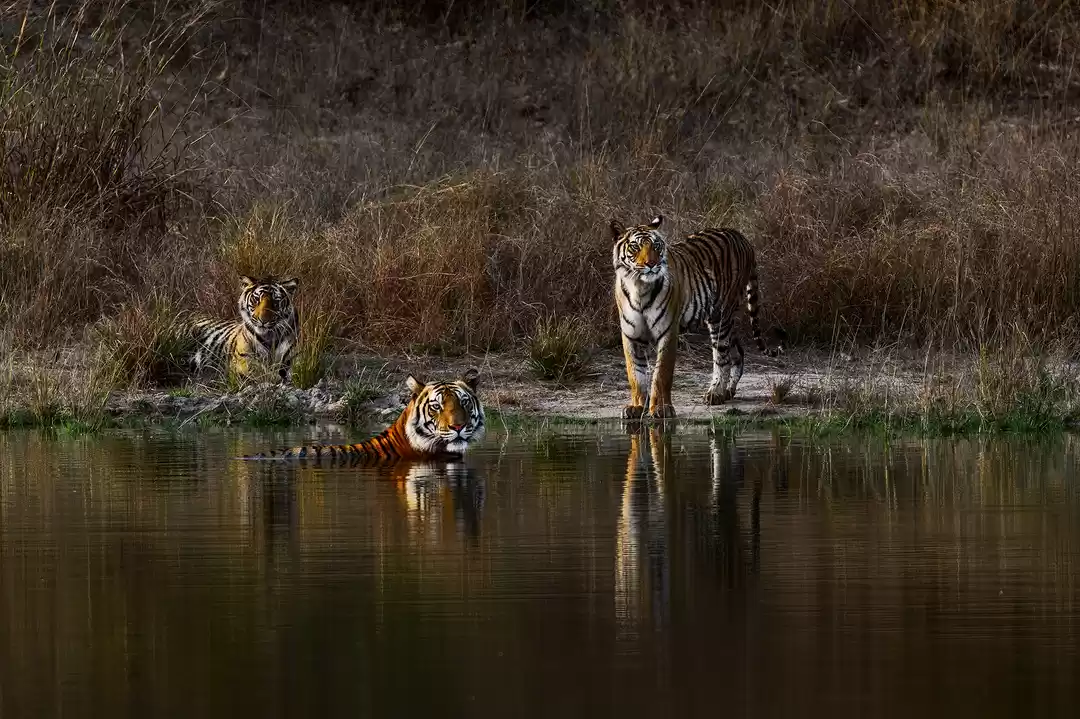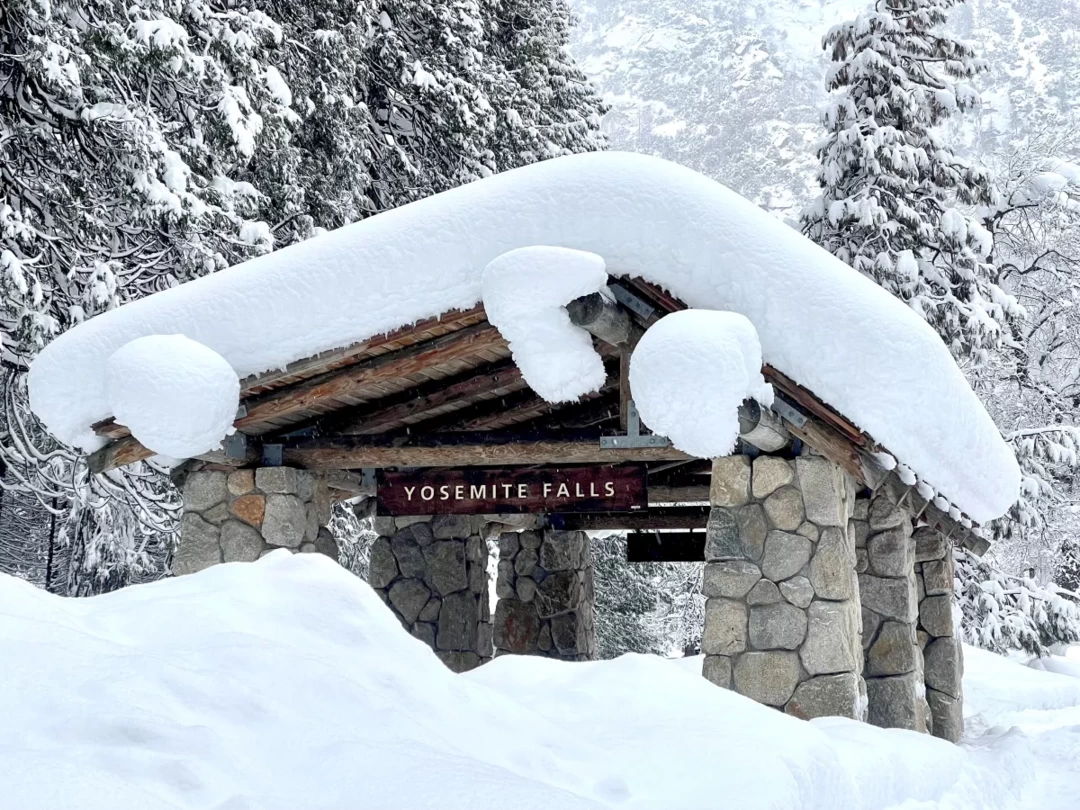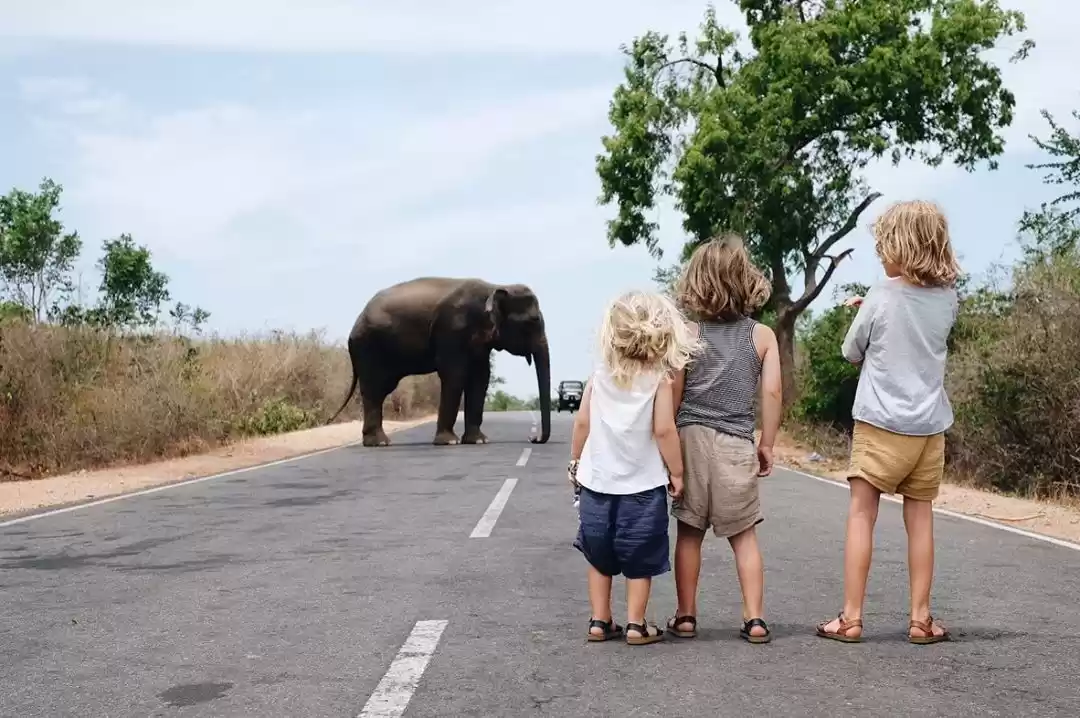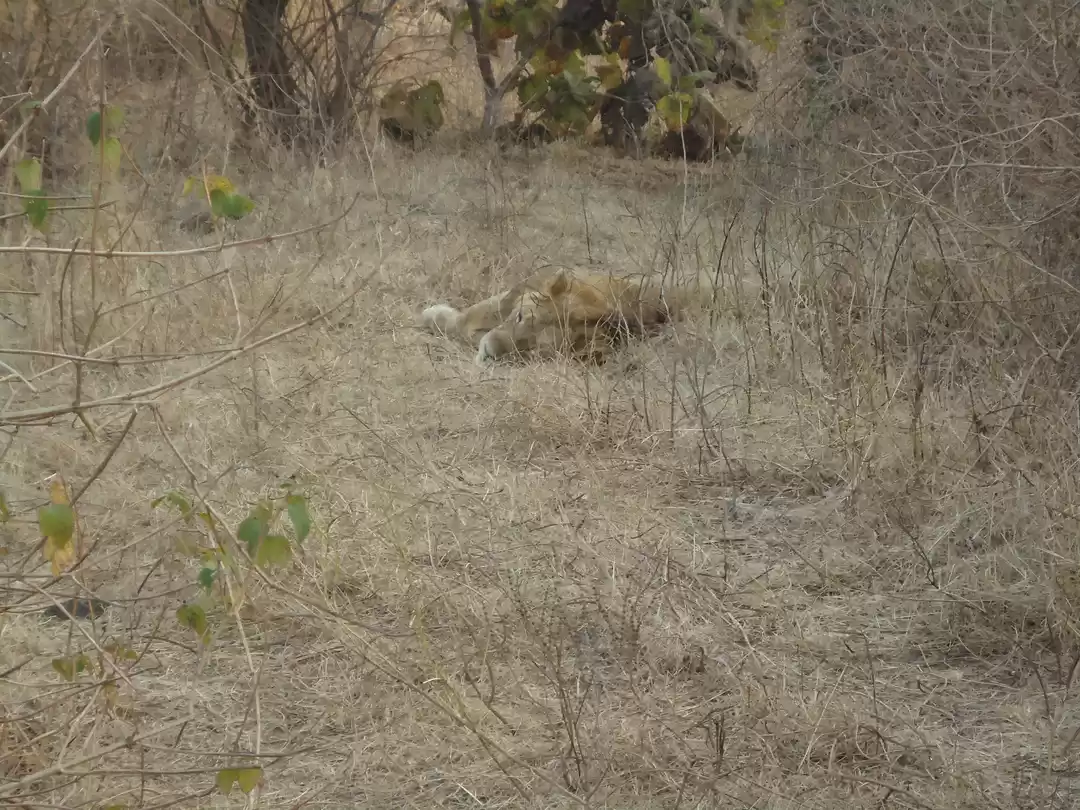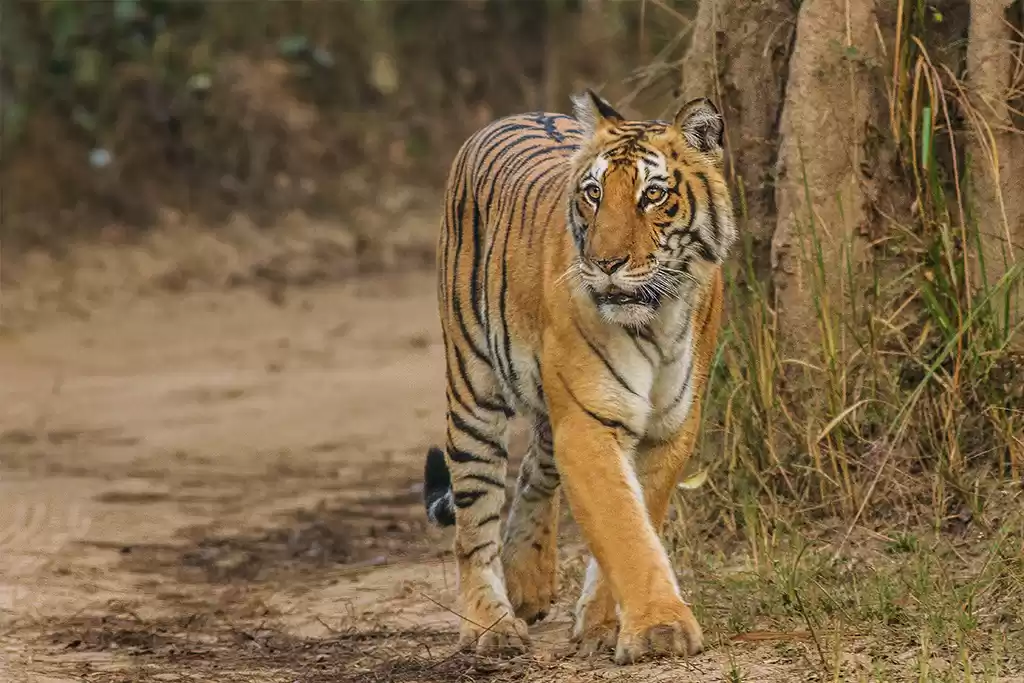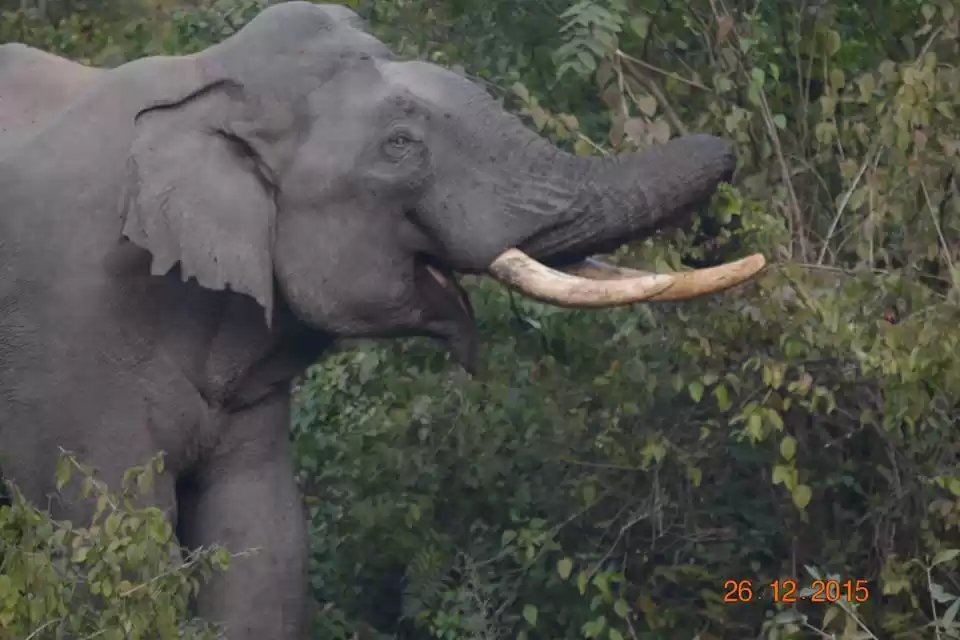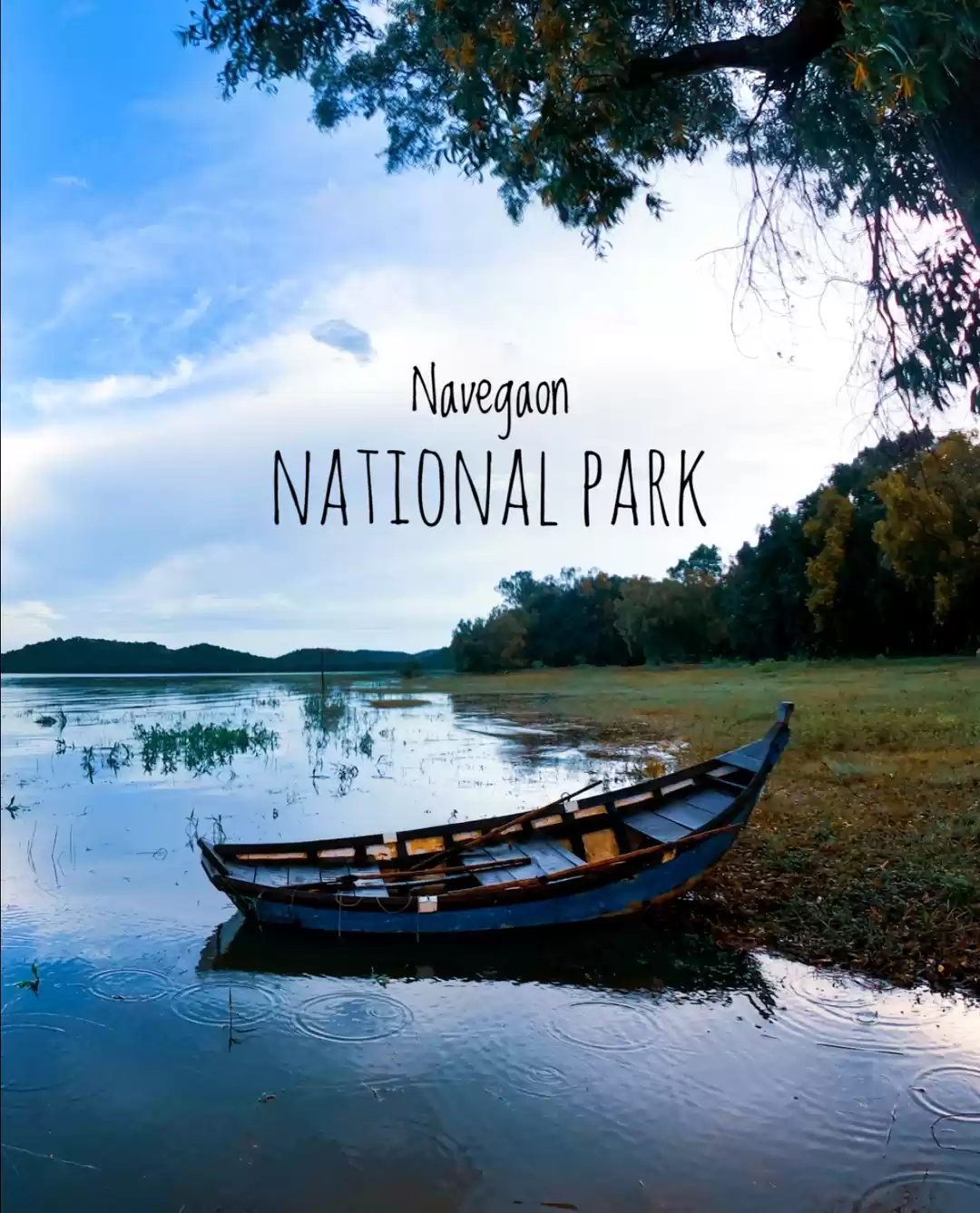If you are looking for a destination that combines nature, culture, and adventure, then Murlen National Park is the place for you. Located in the Champhai district of Mizoram, India, Murlen National Park is a biodiversity hotspot that boasts of a variety of forest types, ecosystems, and wildlife. It is also home to the Mizo people, who have a rich and unique history and heritage, and a delicious and diverse cuisine. In this article, we will tell you everything you need to know about Murlen National Park, and how to plan your trip and enjoy the best of this hidden gem of Mizoram.
Explore the Flora and Fauna of Murlen National Park
Murlen National Park covers an area of 100 square kilometers, and ranges from an altitude of 400 meters to 1900 meters above sea level. The climate is subtropical, with heavy rainfall from May to September, and mild winters from November to February. The park has six different forest types, namely tropical semi-evergreen, subtropical broadleaved, submontane, bamboo, grassland, and cliff vegetation. These forests support a rich and diverse flora and fauna, with many endemic and endangered species.
Discover the Diverse Forest Types and Ecosystems
The lower altitudes of the park are dominated by tropical semi-evergreen forests, which are characterized by tall and dense trees, such as teak, gmelina, and terminalia. These forests provide habitat for many animals, such as tigers, leopards, bears, deer, and primates. The park has about 15 mammal species, 150 bird species, 35 reptile species, and 2 amphibian species. Some of the rare and threatened animals include the clouded leopard, the hoolock gibbon, the stump-tailed macaque, and the Blyth’s tragopan.

As you ascend higher, you will encounter subtropical broadleaved forests, which are composed of evergreen and deciduous trees, such as oak, laurel, and magnolia. These forests are rich in epiphytes, especially orchids, which grow on the branches and trunks of the trees. Epiphytes are plants that grow on other plants, and they play an important role in the ecosystem, as they provide food, shelter, and nesting sites for many birds and insects.
The highest altitudes of the park are covered by submontane forests, which are characterized by coniferous and rhododendron trees, such as pine, fir, and juniper. These forests are cooler and drier than the lower forests, and they have a distinct flora and fauna. Some of the common animals in these forests are the red panda, the Himalayan serow, the Himalayan black bear, and the Himalayan monal.
The park also has patches of bamboo forests, which are dominated by various species of bamboo, such as dendrocalamus, bambusa, and melocanna. Bamboo forests are important for the ecology and economy of the region, as they provide food, fuel, and material for many animals and people. Some of the animals that feed on bamboo are the giant panda, the golden langur, the capped langur, and the bamboo rat.
The park also has areas of grassland and cliff vegetation, which are found along the river valleys and the rocky slopes. These habitats are home to some of the rare and endemic plants and animals, such as the Murlen keelback, a new species of snake that was discovered in the park in 2018. The Murlen keelback is a small and slender snake, with a reddish-brown color and a distinctive black stripe on its head. It is named after the Murlen river, which flows through the park, and it is a significant discovery for the conservation of the park’s biodiversity.
Marvel at the Epiphytic Orchids and Other Plants
One of the most striking features of Murlen National Park is the abundance and diversity of epiphytic orchids, which are among the most beautiful and fascinating plants in the world. Orchids are known for their intricate and colorful flowers, which have evolved to attract and deceive pollinators, such as bees, butterflies, and birds. Orchids are also known for their adaptability and diversity, as they can grow in almost any environment, and have more than 25,000 species worldwide.
Murlen National Park has about 150 species of orchids, which belong to different genera, such as Dendrobium, Bulbophyllum, Coelogyne, and Paphiopedilum. Some of the common and spectacular orchids in the park are the foxtail orchid, the bamboo orchid, the jewel orchid, and the lady’s slipper orchid. These orchids bloom in different seasons, and create a riot of colors and fragrances in the forest canopy.
Orchids are not the only epiphytes in the park, as there are also many other plants that grow on other plants, such as ferns, mosses, lichens, and fungi. These plants are also important for the ecosystem, as they help in recycling nutrients, retaining moisture, and creating microhabitats for many animals. Some of the interesting epiphytes in the park are the bird’s nest fern, the stag’s horn fern, the Spanish moss, and the bracket fungus.
Spot the Birds, Mammals, and Reptiles of Murlen National Park
Murlen National Park is a paradise for wildlife lovers, as it offers a unique opportunity to spot and observe some of the rare and exotic animals that inhabit the park. The park is especially famous for its avifauna, which includes both resident and migratory birds, and represents a wide range of families, such as pheasants, parrots, hornbills, sunbirds, and flycatchers. The park has about 150 bird species, which account for about 40% of the total bird species in Mizoram.

Some of the common and charismatic birds in the park are the great hornbill, the grey peacock-pheasant, the red-breasted parakeet, the fire-tailed sunbird, and the rufous-bellied niltava. These birds can be seen and heard in the forest, and they add to the beauty and charm of the park. Some of the rare and endangered birds in the park are the Blyth’s tragopan, the Mrs. Hume’s pheasant, the grey sibia, and the white-naped yuhina. These birds are elusive and shy, and require patience and luck to spot them.
The park also has a variety of mammals, which range from small and nocturnal rodents, such as the bamboo rat and the porcupine, to large and charismatic carnivores, such as the tiger and the leopard. The park has about 15 mammal species, which represent different orders, such as primates, carnivores, ungulates, and rodents. Some of the common and interesting mammals in the park are the hoolock gibbon, the stump-tailed macaque, the Himalayan black bear, and the sambar deer. These mammals can be seen in the forest, and they play an important role in the food chain and the ecosystem.
The park also has a diversity of reptiles, which include snakes, lizards, and turtles. The park has about 35 reptile species, which belong to different families, such as colubrids, viperids, agamids, and testudinids. Some of the common and colorful reptiles in the park are the green tree snake, the bamboo pit viper, the flying lizard, and the Asian box turtle. These reptiles can be found in the forest, and they help in maintaining the balance and health of the ecosystem.
Experience the Culture and Cuisine of Mizoram
Murlen National Park is not only a natural wonder, but also a cultural treasure, as it is situated in the state of Mizoram, which is one of the most diverse and unique states in India. Mizoram is located in the northeastern part of India, and shares its borders with Myanmar and Bangladesh. Mizoram is inhabited by the Mizo people, who have a distinct and rich history and heritage, and a delicious and diverse cuisine. In this section, we will tell you more about the culture and cuisine of Mizoram, and how to experience them during your visit to Murlen National Park.
Learn about the History and Heritage of the Mizo People
The Mizo people are the indigenous inhabitants of Mizoram, and they belong to the Tibeto-Burman ethnic group. The Mizo people have a long and complex history, which can be traced back to the ancient times, when they migrated from China and settled in the hills of Mizoram. The Mizo people have a strong and unique identity and culture, which are reflected in their language, religion, and customs.
The Mizo people speak the Mizo language, which is a member of the Kuki-Chin branch of the Tibeto-Burman language family. The Mizo language is written in the Roman script, and has a rich and diverse literature, which includes folktales, legends, songs, and poems. The Mizo language is also influenced by the languages of the neighboring states and countries, such as Assamese, Bengali, and Burmese.
The Mizo people follow the Christian religion, which was introduced by the British missionaries in the late 19th and early 20th centuries. Before that, the Mizo people practiced a form of animism, which involved the worship of nature and ancestors, and the belief in spirits and supernatural forces. The Mizo people have a strong sense of community and solidarity, which is expressed in their concept of tlawmngaihna, which means selfless service and sacrifice for the common good.
The Mizo people have a rich and vibrant culture, which is manifested in their traditional dances, music, festivals, and handicrafts. Some of the cultural attractions that you can witness and enjoy during your visit to Murlen National Park are:
The traditional dances, such as the cheraw, the khuallam, and the chheihlam, which are performed by men and women in colorful costumes and accessories, and accompanied by rhythmic music and songs. The dances are usually performed during festivals, weddings, and other occasions, and they showcase the skills, grace, and joy of the Mizo people.
The traditional music, which consists of folk songs, hymns, and modern genres, such as rock, pop, and gospel. The music is sung in the Mizo language, and uses various instruments, such as the guitar, the drum, the flute, and the gong. The music reflects the emotions, sentiments, and aspirations of the Mizo people, and is a source of entertainment and inspiration for them.
The traditional festivals, such as the Chapchar Kut, the Mim Kut, and the Pawl Kut, which are celebrated throughout the year, and mark the seasons, the harvests, and the events of the Mizo history and culture. The festivals are occasions for the Mizo people to express their gratitude, joy, and solidarity, and to participate in various activities, such as dances, music, games, and feasts.
The traditional handicrafts, such as the puan, the thangka, and the khumbeu, which are made by the Mizo people using natural materials, such as cotton, bamboo, and cane. The puan is a hand-woven cloth, which is used to make garments, bags, and shawls. The puan has different patterns and colors, which indicate the status, identity, and occasion of the wearer. The thangka is a hand-painted scroll, which depicts the scenes and stories of the Mizo history and culture. The thangka is used to decorate the walls and doors of the houses and churches. The khumbeu is a hand-made basket, which is used to store and carry various items, such as food, clothes, and tools. The khumbeu has different shapes and sizes, which suit the needs and preferences of the user.
Taste the Delicious and Diverse Mizo Cuisine
Murlen National Park is also a great place to taste the delicious and diverse Mizo cuisine, which is one of the highlights of visiting Mizoram. The Mizo cuisine is characterized by the use of rice, bamboo shoots, herbs, and spices, and the preference for boiled and smoked dishes. The Mizo cuisine is influenced by the cuisines of the neighboring states and countries, such as Assam, Manipur, Tripura, Myanmar, and Bangladesh, and has a variety of dishes, such as bai, zawlbuk, chhum han, and sawhchiar. Some of the popular and unique dishes that you can try during your visit to Murlen National Park are:
Bai, which is a soup made of boiled vegetables, such as cabbage, beans, and mustard leaves, and flavored with fermented pork, dried fish, or fermented soybeans. Bai is a staple dish of the Mizo cuisine, and is eaten with rice and chutney.
Zawlbuk, which is a rice porridge cooked with pork, chicken, or fish, and seasoned with ginger, garlic, and salt. Zawlbuk is a comfort food of the Mizo cuisine, and is eaten for breakfast or as a snack.
Chhum han, which is a dish of steamed or boiled vegetables, such as pumpkin, radish, and potato, and topped with sesame seeds, oil, and salt. Chhum han is a healthy and simple dish of the Mizo cuisine, and is eaten with rice and meat.
Sawhchiar, which is a dish of rice cooked with meat, such as pork, chicken, or beef, and flavored with onion, ginger, garlic, and turmeric. Sawhchiar is a festive dish of the Mizo cuisine, and is eaten during special occasions, such as weddings and festivals.
Some of the best places to eat in and around Murlen National Park are:
David’s Kitchen, which is a restaurant located in Champhai town, about 15 kilometers from the park. David’s Kitchen serves authentic and delicious Mizo cuisine, as well as Chinese, Indian, and continental dishes. The restaurant has a cozy and friendly atmosphere, and offers a panoramic view of the hills and valleys.
Red Pepper, which is a restaurant located in Aizawl, the capital city of Mizoram, about 200 kilometers from the park. Red Pepper serves a variety of dishes, such as Mizo, Chinese, Indian, and Thai cuisine, as well as pizzas, burgers, and pastas. The restaurant has a modern and elegant decor, and offers a live music and karaoke night on weekends.
Bamboo Hut, which is a homestay located in the Murlen village, near the entrance of the park. Bamboo Hut offers a home-cooked and organic Mizo cuisine, as well as a comfortable and traditional accommodation. The homestay has a bamboo and wood structure, and offers a warm and hospitable service.
Plan Your Trip to Murlen National Park
Murlen National Park is a destination that you will not regret visiting, as it offers a unique and unforgettable experience of nature, culture, and adventure. However, to make the most of your trip, you need to plan ahead and prepare well, as the park is located in a remote and hilly area, and has limited facilities and amenities. In this section, we will give you some tips and advice on how to plan your trip and enjoy the best of Murlen National Park.
Choose the Best Time and Mode of Travel
The best time to visit Murlen National Park is from October to May, when the weather is pleasant and dry, and the flowers are in full bloom. The park is open from 6 am to 4 pm, and the entry fee is Rs. 20 per person. You also need to obtain a permit from the Forest Department, which is located in Champhai town, about 15 kilometers from the park. The permit fee is Rs. 50 per person, and you need to provide your identity proof and passport size photo.
The park is accessible by road, rail, or air, depending on your preference and budget. The nearest airport is the Lengpui Airport, which is located in Aizawl, the capital city of Mizoram, about 200 kilometers from the park. The airport is connected to major cities in India, such as Kolkata, Guwahati, and Imphal, by regular flights. From the airport, you can hire a taxi or a bus to reach Champhai town, and then take another taxi or a local jeep to reach the park.
The nearest railway station is the Silchar Railway Station, which is located in Assam, about 300 kilometers from the park. The railway station is connected to major cities in India, such as Delhi, Kolkata, Guwahati, and Agartala, by regular trains. From the railway station, you can hire a taxi or a bus to reach Champhai town, and then take another taxi or a local jeep to reach the park.
The park is also reachable by road, if you have your own vehicle or want to enjoy the scenic drive. The park is connected to Aizawl by the National Highway 54, which is a well-maintained and smooth road. The drive from Aizawl to the park takes about 6 hours, and passes through some of the beautiful and picturesque landscapes of Mizoram. You can also stop at some of the attractions along the way, such as the Hmuifang Hill, the Rih Dil Lake, and the Zokhawthar Border.
Tips and cautions for Travellers
Some of the tips and cautions that you should keep in mind while traveling to Murlen National Park are:
1. Carry adequate clothing, food, water, and medicines, as the weather can be unpredictable and the facilities can be scarce.
2. Respect the local rules and customs, as the park is located in a tribal area, and the Mizo people are very proud and sensitive of their culture and identity.
3. Avoid traveling during the monsoon and winter seasons, as the roads can be slippery and dangerous, and the visibility can be low.
4. Hire a local guide or a porter, if you want to explore the park in depth and learn more about the flora and fauna, and the culture and history of the Mizo people.
Find the Best Accommodation and Facilities
Murlen National Park is a remote and rustic destination, and does not have many accommodation and facilities options. However, you can still find some comfortable and affordable places to stay and enjoy the basic amenities, such as electricity, internet, phone, and ATM. Some of the best accommodation and facilities options that you can choose from are:
Murlen Tourist Lodge, which is a government-run lodge located near the entrance of the park. Murlen Tourist Lodge offers a clean and cozy accommodation, with rooms that have attached bathrooms, hot water, and TV. The lodge also has a restaurant that serves Mizo and Indian cuisine, and a conference hall that can host events and meetings. The lodge charges Rs. 500 per night for a double room, and Rs. 1000 per night for a suite.
Champhai Tourist Lodge, which is another government-run lodge located in Champhai town, about 15 kilometers from the park. Champhai Tourist Lodge offers a spacious and comfortable accommodation, with rooms that have attached bathrooms, hot water, and TV. The lodge also has a restaurant that serves Mizo and Indian cuisine, and a garden that offers a scenic view of the hills and valleys. The lodge charges Rs. 600 per night for a double room, and Rs. 1200 per night for a suite.
Eden Tourist Lodge, which is a private-run lodge located in Champhai town, about 15 kilometers from the park. Eden Tourist Lodge offers a modern and elegant accommodation, with rooms that have attached bathrooms, hot water, AC, and TV. The lodge also has a restaurant that serves Mizo and Chinese cuisine, and a lounge that offers a relaxing and cozy atmosphere. The lodge charges Rs. 800 per night for a double room, and Rs. 1500 per night for a suite.
Some of the alternatives and backups that you can consider for the accommodation and facilities are:

Camping, which is an option if you want to experience the nature and adventure of the park, and have your own tent and equipment. Camping is allowed in the park, but you need to obtain a permit from the Forest Department, and follow the safety and hygiene rules. Camping is free of charge, but you need to arrange your own food and water, and be prepared for the weather and the wildlife.
Homestays, which are an option if you want to experience the culture and hospitality of the Mizo people, and have a flexible and friendly attitude. Homestays are available in the Murlen village, and other nearby villages, and offer a home-cooked and organic Mizo cuisine, and a comfortable and traditional accommodation. Homestays charge Rs. 300 per night for a single room, and Rs. 500 per night for a double room, and include breakfast and dinner.
Local shops, which are an option if you want to buy or rent some items or services, such as food, water, medicine, or transport, and have a reasonable and respectful approach. Local shops are available in the Murlen village, and other nearby villages, and offer a variety of items and services, such as snacks, drinks, first-aid, or taxi, and charge a reasonable and negotiable price. Local shops are open from 8 am to 6 pm, and accept cash and cards.
Murlen National Park is a destination that you will not regret visiting, as it offers a unique and unforgettable experience of nature, culture, and adventure. You will be amazed by the diversity and beauty of the flora and fauna, the culture and cuisine, and the history and heritage of the Mizo people.
You will also enjoy the activities and attractions of the park, such as trekking, birdwatching, photography, and wildlife viewing. Murlen National Park is a hidden gem of Mizoram, and a must-visit for anyone who loves nature and culture.
So, what are you waiting for? Book your trip to Murlen National Park today, and discover the wonders of this amazing place.








